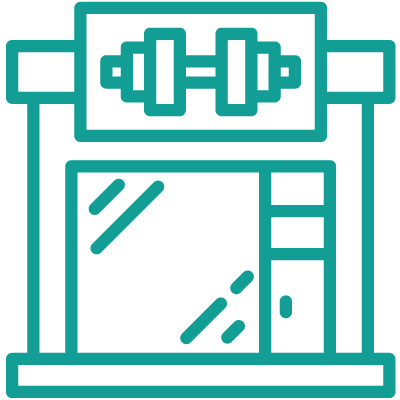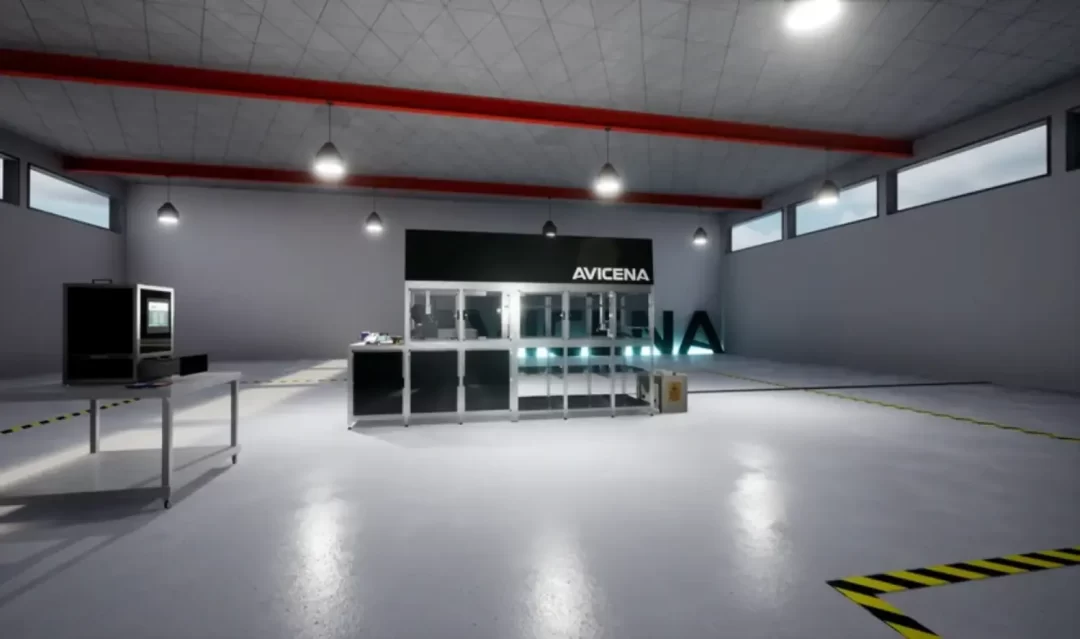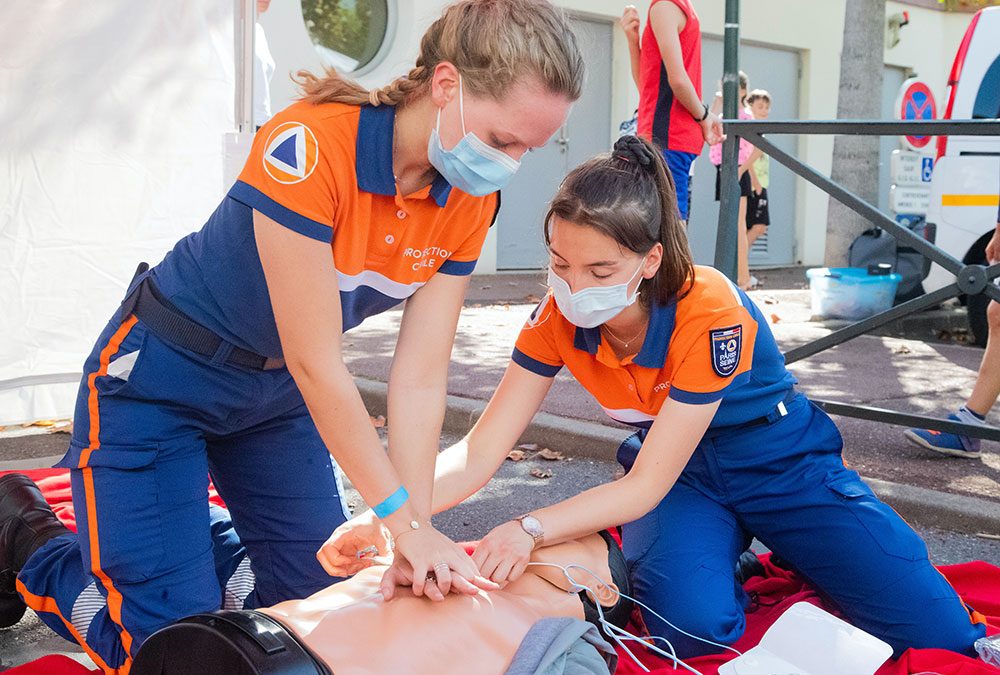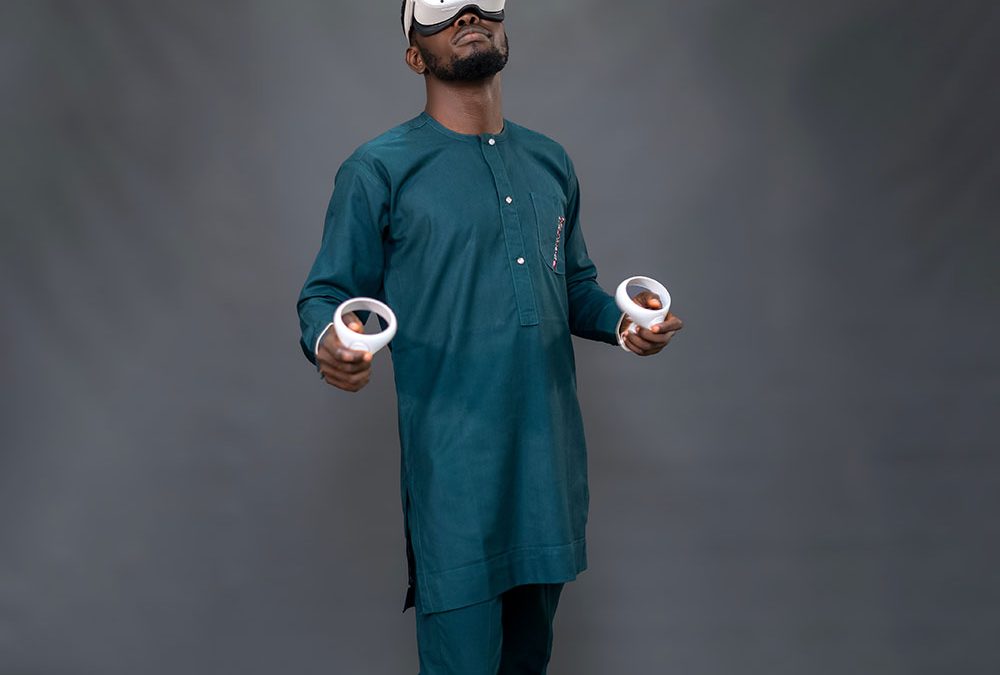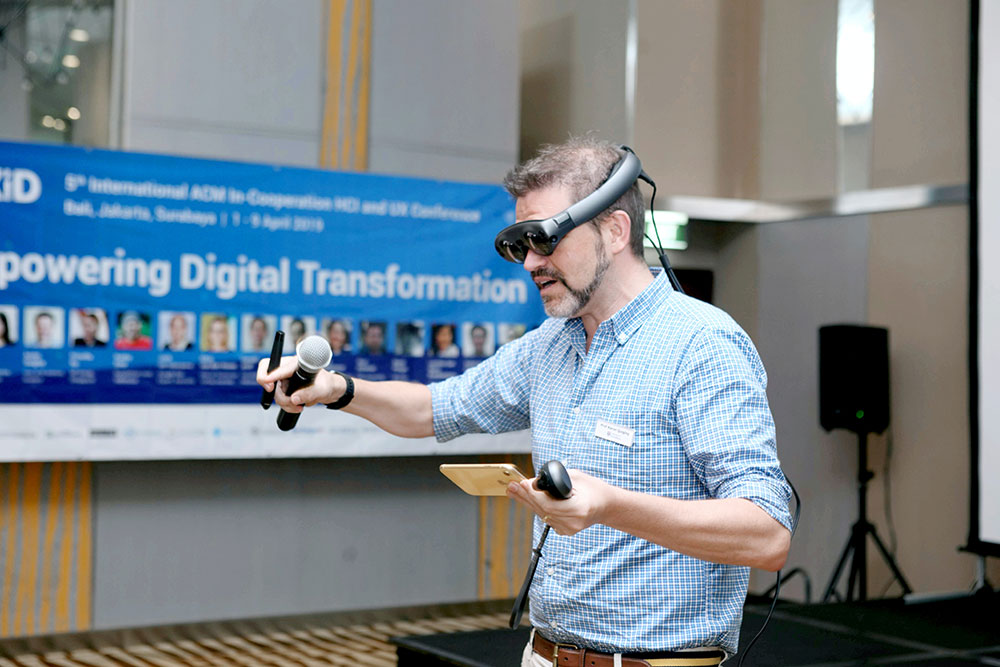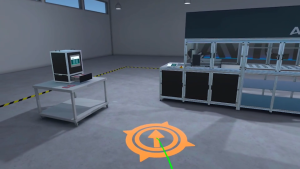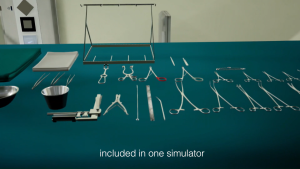VR for Medical & Healthcare
3D Walkabout is an Australian based VR studio that designs amazing VR apps for Medical & Healthcare organisations to improve their medical procedures, training and service.

Virtual Reality (VR) for Medical & Healthcare
In the medical and healthcare industry, Virtual Reality (VR) is helping improve training methodologies and patient care. VR technology offers an immersive and interactive platform for training surgeons on complex medical procedures, allowing them to practice and refine their skills in a realistic virtual environment. It also enables hospital staff to receive training on patient care, communication, and wellbeing, enhancing their skills and empathy. Beyond training, VR is being used to improve patient experiences and outcomes. In palliative care, VR can transport patients to serene and comforting virtual environments, providing relaxation and emotional support. Additionally, VR has shown promising results in managing mental and degenerative disorders by offering therapeutic interventions and immersive experiences that alleviate symptoms and enhance quality of life. The integration of VR in the medical and healthcare industry holds immense potential for training, patient care, and wellbeing, shaping the future of healthcare delivery.
Our Recent VR Medical Projects
What are the benefits of VR for the healthcare industry?
Enables practice for major medical procedures without consequence
Provides a visual representation of medical issues for patients to understand
Supports training new members of staff through a more visual medium
Overcoming phobias by providing a greater level of exposure
Entertaining patients that are waiting for surgeries or recovering
Supporting medical experimentation in a safe environment without patients
Faster rehabilitation that activates the minds of those recovering from psychological issues
Medical imaging in more detail that doctors examine in 3D
Provides an example recording for students learning new techniques without requiring patients
Improve patient consultation with under-skin imaging in combination with other technology
How VR is currently being used by medical professionals
Virtual reality is an incredibly useful tool for professionals working in the medical industry, firstly thanks to its use in the training of new members of staff. When new doctors and surgeons are learning procedures, previous methods would require expensive dummies. With the use of VR, trainees can use complex computer simulations and accurate 3D models to complete procedures repeatedly, committing the process to memory before working with a patient. This reduces the risk to patients and reduces the cost of training doctors in brand-new procedures by eliminating the need for physical resources.
The use of VR technology is also beneficial for improving the standard of patient care. One of the main benefits of using VR technology for patients is the fact that doctors have a far greater ability to visualise their procedures and the illnesses that patients have. A fear that several patients have is the unknown, and a lack of understanding of the treatments and illnesses affecting them. A highly-tailored VR system can visually display the treatments that a patient is preparing for, making them more knowledgeable about their own health and supporting more informed decisions later in the healthcare process.

Brainstorm your ideas on 1300 00 3392
If you’d like to receive our full ‘VR for the Medical & Healthcare Information Pack & Price List‘ please add your details below.
The industries we work in
VR Medical & Healthcare Projects
VR Medical & Healthcare Articles
VR Medical & Healthcare Videos
Frequently Asked Questions
How virtual reality is used in medicine?
Virtual reality has seen a lot of success in the area of pain management. VR is a highly effective method of drawing and holding the attention of a patient, stimulating the brain and keeping patients entertained. This immersion is ideal for potentially painful procedures like skin grafts or injections.
Do doctors use virtual reality?
Yes! Doctors use VR training for a series of purposes, including explaining in more detail what a patient’s condition means. By putting a patient into a VR landscape, doctors use hyperrealistic models to present the injuries that a patient is suffering from and how the causes of these injuries worsen conditions, acting as a preventative measure.
Is VR used in hospitals?
VR is being used in hospitals, both in training staff and in patients. Patients use VR for a range of reasons, including learning all about their treatments, stimulating the minds of patients undergoing psychological therapy and using games to support the use of physical therapy in the case of long-term injuries.
How is VR used in healthcare and surgery?
VR primarily has been used in surgery and training new surgeons. By creating 3D environments and virtual patients ready for interaction, trainee surgeons complete the procedures that they would on standard patients without the hospital having to pay for dummies for the operation or risking the health of actual patients.
How has virtual reality helped in healthcare?
Virtual reality has helped in healthcare in a range of ways, with one of the most important being information transfer. Patients specifically learn a lot through the use of VR in healthcare, as they see visual representations of their own illnesses or conditions and watch 3D representations of what their treatments are.
What is virtual reality in healthcare?
Virtual reality refers to the use of systems that create 3D environments that users visit through the use of VR headsets and controllers that go into a user’s hands. VR in healthcare refers to the use of these systems in a healthcare environment, typically through training and patient interaction.





























